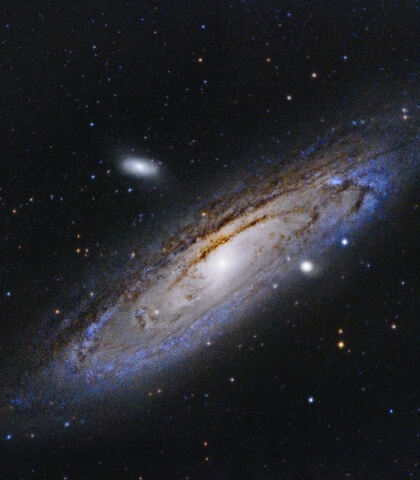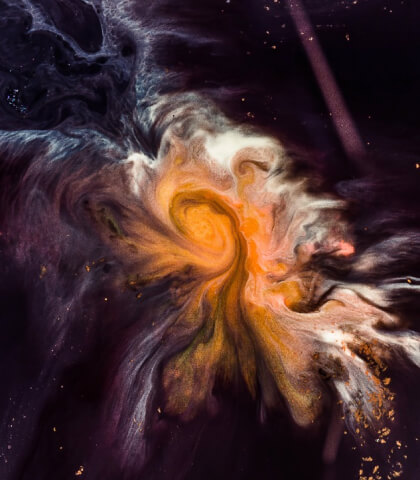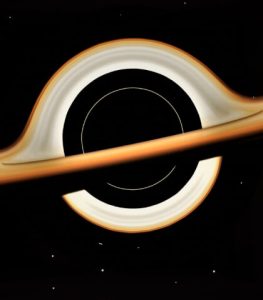Hindu mythology, a vibrant and intricate tapestry of divine tales, has captivated the human imagination for millennia. It offers a rich and diverse exploration of the cosmos, the nature of existence, and the human condition.
The Divine Trinity
At the heart of Hindu mythology lies the concept of the Trimurti, the divine trinity:
- Brahma: The creator of the universe, often depicted with four heads symbolizing the Vedas, the sacred Hindu scriptures.
- Vishnu: The preserver of the universe, who incarnates in various avatars (incarnations) to restore cosmic order. Some of his most famous avatars include Rama and Krishna.
- Shiva: The destroyer and transformer, associated with both creation and destruction. He is often depicted with a third eye and a trident.
Other Notable Deities
- Devi: The divine feminine, often manifested as various goddesses like Durga, Lakshmi, and Saraswati.
- Ganesha: The elephant-headed god of wisdom, prosperity, and good fortune.
- Hanuman: The monkey god, known for his unwavering devotion to Rama.
Mythological Narratives
Hindu mythology is replete with epic tales, including:
- Ramayana: The epic tale of Rama, an avatar of Vishnu, and his wife Sita. Rama’s battle against the demon king Ravana is a timeless allegory of the struggle between good and evil.
- Mahabharata: A vast epic that explores themes of dharma (righteousness), karma (action and reaction), and the human condition. The Bhagavad Gita, a philosophical dialogue between Krishna and the warrior Arjuna, is a part of the Mahabharata.
Symbolism and Philosophy
Hindu mythology is not merely a collection of stories; it is a profound philosophical system. Many mythological narratives are allegorical, representing deeper spiritual truths. For instance, the serpent, often associated with Shiva, symbolizes both the destructive and creative forces of nature.
Hindu mythology continues to inspire art, literature, music, and dance. It is a living tradition, shaping the cultural and spiritual landscape of India and beyond.


